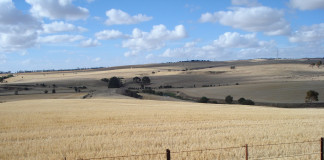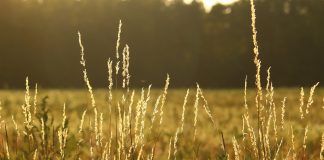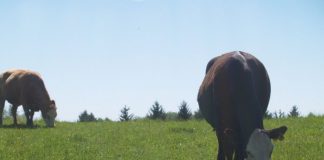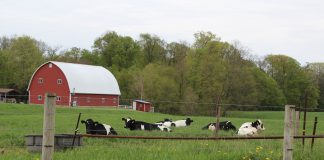Tag: pasture management
How to manage for multiflora rose and other woody shrubs
Knocking back woody perennials like multiflora rose takes effort. Proactive weed management is really the best approach in any pasture or fence line.
Warm weather signals warm season grasses
Planting warm season annual grasses is a feasible way to improve summer pastures or hay fields to maintain dry matter production during the summer slump.
Energizers and your grazing system
The ability of an electric fence to keep livestock in and predators out is determined by what type of fence you have, the energizer and proper grounding.
Cutting wheat silage
Wheat can be both a cover crop or a fall pasture, which provides a provisional forage when hay or silage is running out in the summer.
Can red clover revive damaged or declining alfalfa stands?
For some producers across the state, last winter was hard on an established alfalfa hayfield. An option is to improve the stand with perennial grasses.
Management intensive grazing is first step for increased profit
Management intensive grazing is thought to be one of the best ways to maximize grazing capacity. Find out if it's a profitable strategy for your operation.
Get weeds under control early
If herbicides are what you need to tackle a problem, consider the temperature and timing and their impact on the product you are using.
Time for pasture ‘spring cleaning’
Walking fence lines, inspecting for weak spots, finding weed stands, setting up rotational grazing patterns and more will help get your pastures ready.
Rotational grazing, stockpiling can cut down on fertilizer needs
It is time to look at your pastures and figure out how to get more production out of them so you do not have to make as much hay.
Mixing it up in the pasture
Having a mixed stand, whether for hay or pasture, has several benefits. Including legumes can reduce nitrogen needs for the field.



















